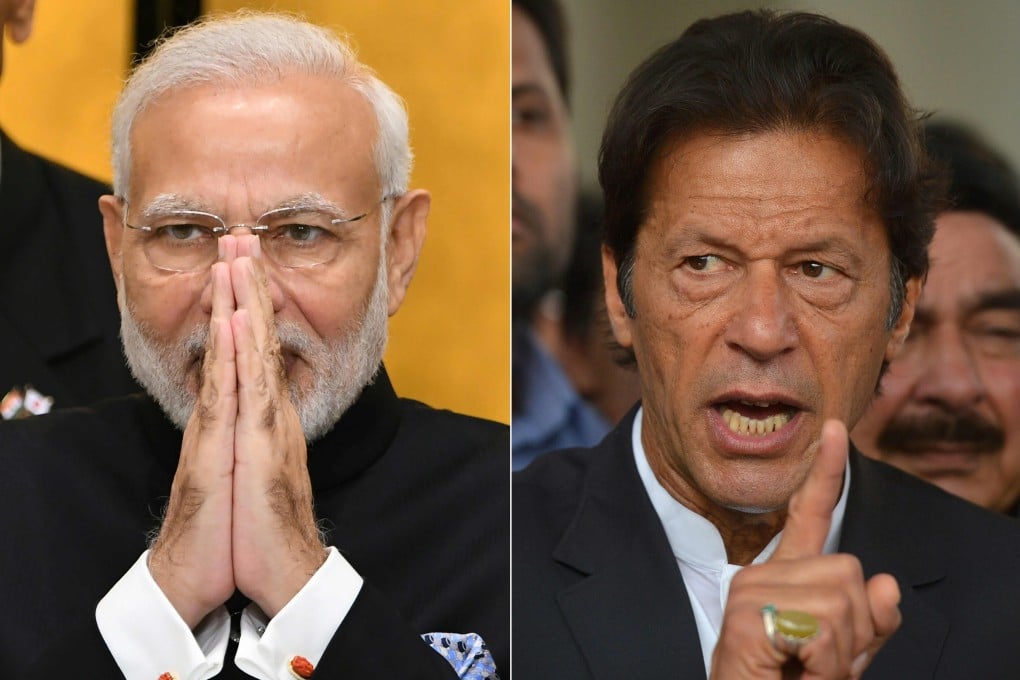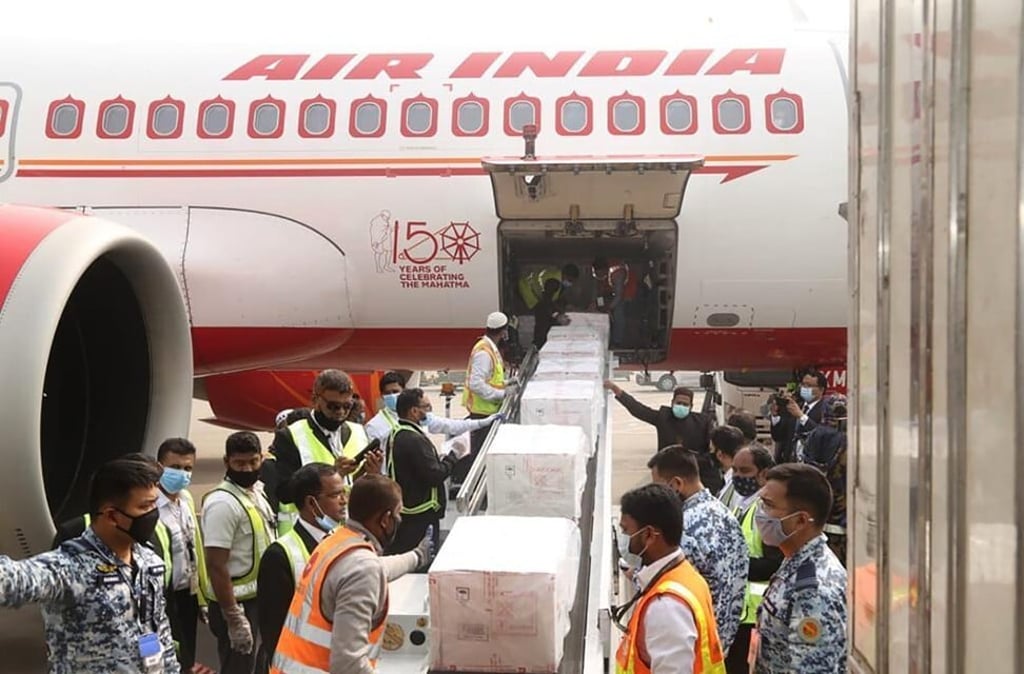Opinion | Can South Asia put India-Pakistan hostilities behind to unite for greater good?
- Hostility between the two giants of the South Asian Association for Regional Cooperation has translated into disarray within the entire group
- But common threats to its members, such as the coronavirus, poverty and threats to internal security, underscore the urgency to find shared solutions

That hostility has translated into disarray within the entire organisation, whose members last got together in person all the way back in November 2014, in Kathmandu, Nepal. A summit scheduled for November 2016 in Islamabad, Pakistan, was cancelled after India decided to boycott it after a terrorist attack in Indian-administered Jammu and Kashmir in September of the same year.
The first goal should be to prioritise regional integration: India and Pakistan (and others) should not skip summit meetings even if their relations are fraught. The second: decouple trade with geopolitical relations, with a particular focus on normalising trade between India and Pakistan regardless of the state of ties. The third: As the largest country in South Asia (by land, population, economy and other indices), India should have a greater stake in strengthening Saarc. If regionalism is elevated to the status of a high-priority plank of India’s foreign policy, it would enhance the country’s global importance, influence and role.

India by itself accounts for around 75 per cent of South Asia’s total population, 63 per cent of its land area and 80 per cent of its economic product. Its position within Saarc is also distinguished by the fact that only the Maldives and Afghanistan do not share a border with it. Geography ensures that India is open to the influence of any major social and political forces sweeping its neighbours, and vice versa, for example Sinhalese-Tamil tensions in Sri Lanka and the rise of anti-Muslim sentiment.
